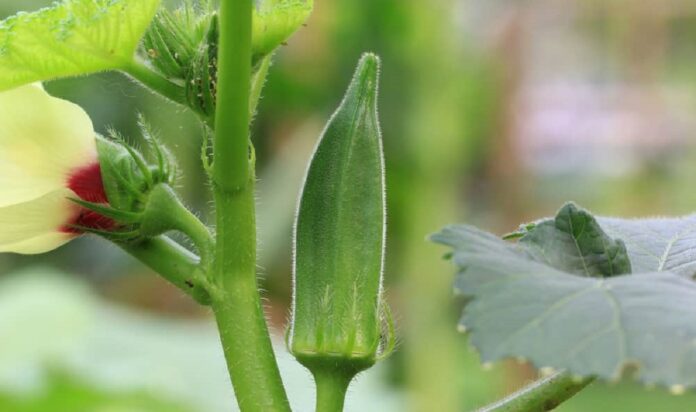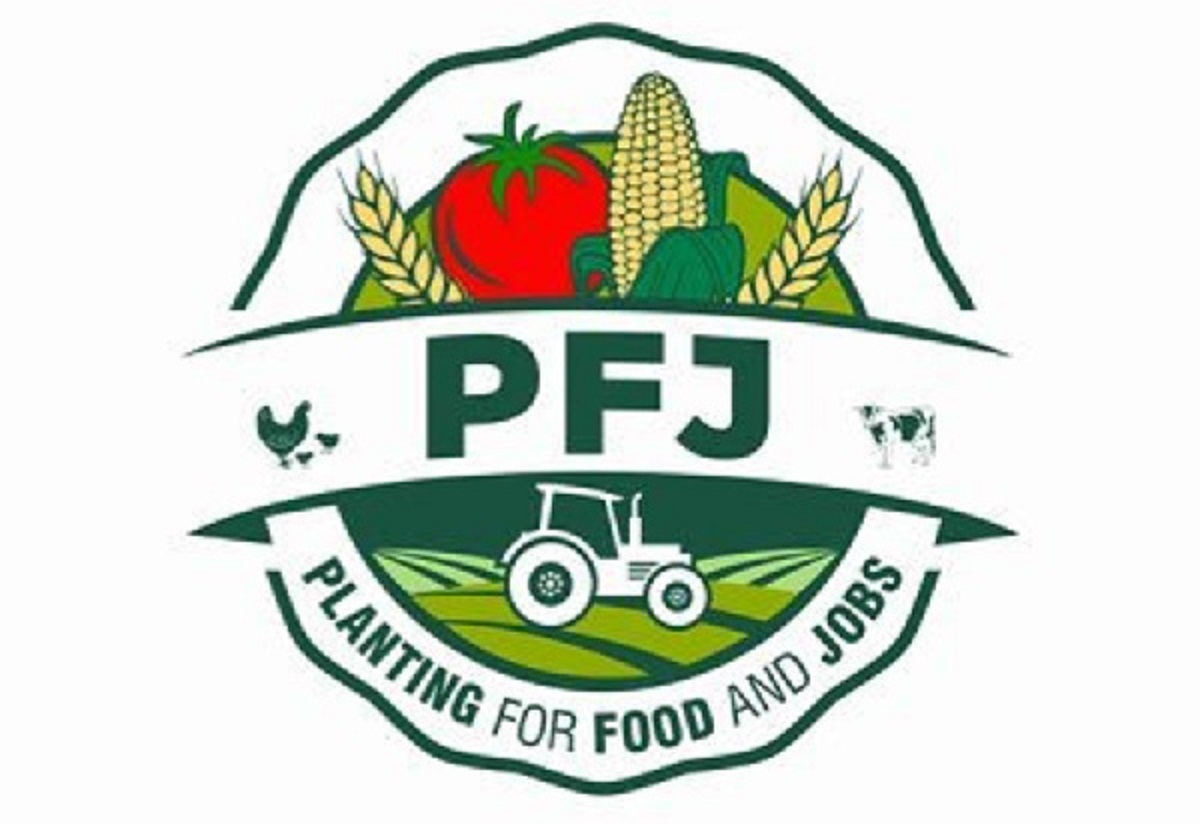A comprehensive step by step guide to okra production in Ghana. This guide may apply to areas with similar climatic conditions to that of Ghana.
Read also: 14 Extraordinary Health Benefits of Okra and Side Effects
Botanical Name: Hibiscus esculentus
Suitable varieties: Lady’s Finger, Quim Bombo, Asutem, Clemson Spineless, Labadi Dwarf.
Source of seeds: Buy certified seeds from reputable seed companies.
Climatic requirements
Okra can be produced anywhere in Ghana but as a warm season crop, it does best in warm moist soils. Low lying areas with evenly distributed annual rainfall of up to 1000 mm and temperatures between 25-350c are most suitable. The crop can withstand extreme temperatures as occur in the dry season.
Site Selection
It is grown on sandy to clay soils but relatively light, well-drained, rich soils are ideal. Well-manured loamy soils with pH of 6.0-6.8 (slightly acidic) are recommended.
Land preparation
The land should be cleared of trees, grasses and root stumps, double plough and harrow soil to a fine tilth. Incorporate well-decomposed manure at 20 MT/ha to improve the soil texture and aeration. Prepare ridges and furrows spaced 60cm apart.
Read also: No-till (Conservation) farming vs Conventional Tillage Agriculture
Propagation
Soak seeds for 24 hours in water or 30 mins in ethyl alcohol and acetone. Sow directly into a moist soil at 20-40 cm within rows and 60-90 cm between rows at a depth of 2-5 cm. after germination, thin out to one plant per stand.
Average seed rate
3-5 kg/ha depending on variety and seed viability.
Nutrient Management
Test soil to determine fertility level and adjust rates to meet the crop’s nutrients requirements.
Fertilizer Application
As a general rule, apply NPK 15-15-15 at 220 kg/ha at planting. During flowering apply 110-150 kg/ha of Sulphate of Ammonia or 75 kg of Urea.
Read also: Inorganic Fertilizer: Advantages and Disadvantages
Irrigation
Adequate soil moisture is necessary for optimum growth and yield. A regular irrigation schedule of 350 mm of water every 10 days is recommended for maximum yields.
Weed Control
Keep the field free of weeds with inter-row cultivators, by applying approved pre and post-emergent herbicides, hoeing or handpicking. Avoid damaging plant roots.
Pest and Disease Control
Common pests of Okra include Aphids, Diamondback moth Whitefly, Bollworm, Jassids, Cotton stainer and bollworm, Leafroller, Mealybug, Sting bug. To control, adopt IPM practices. Apply Neem seed extract (700g- 1kg of well-dried neem seeds/15L of water knapsack) and/apply EPA approved. Always follow the manufacturers’ recommendations.
Root-knot nematodes
Nematodes feed on young root causing wilt and produce large galls on the roots thus reducing fruit yield. Apply neem cake at 250 kg/ha and /or EPA approved nematicides to control.
Major diseases
Powdery mildew: Characterised by white dusty growth on the leaves which turn brown and die out. To control, spray seedlings with Sulphur-based fungicides and remove weeds.
Leaf curl and Mosaic: Both transmitted by Aphids and Whiteflies.
Leaf curl: Leaves are small and cup-shaped with prominent veins on the underside of the leaf. Plants become stunted.
Mosaic: Leaves are of normal size and shape but are mottled green or yellow in colour. Plants become stunted. To control, plant resistant varieties. Control vectors with EPA approved insecticides and/or insecticidal soaps before diseases spread. Avoid smoking or carrying cigarettes to the farm when working or handling seedlings, rogue out affected plants early. Practice crop rotation with non-susceptible crops.
Harvesting
Harvest pods while still tender, usually, 5-6 days after flower opening. Harvest okra 2-3 times/week. Regular picking increases yield. Cut or snap pods from the plant in the cooler parts of the day. Pods should be kept in a cool place. Harvested okra should be handled carefully to avoid bruising. Bruised pods will turn black or brown within a few hours. Okra harvesters should always wear cotton gloves when harvesting and handling pods to minimise bruising.
Grading
Sort, grade and pack in boxes, or baskets according to market specification.
Packaging
For the export markets, okra is packed in 6kg boxes.
Yields
In okra production, yields are dependent on cultivar, time and frequency of harvest. You can obtain an average of 6-12 tonnes/ha.
Operational Budget/Ha/Yr
| Activity | Cost(Ghc) |
| Land rent | 250.00 |
| Land preparation | 400.00 |
| Seeds | 600.00 |
| Fertilizer and manure | 2312.00 |
| Pesticides | 100.00 |
| labour | 2500.00 |
| Total estimated cost | 6,162.00 |
Revenue
Average fruit yield/ha = 12 tons
=12,000 kg
Percentage loss of 5%
Available yield for market
= 95/100×12,000kg = 11400kg
Packaging in 6 kg box = 11400/6 kg =1900 boxes
Farm gate price/6 kg = Ghc8
Income = 1900×8= Ghc15,200.00
Net income = Ghc 15,200-6,162 = Ghc9,038.00
Note: This budget does not include fixed cost and overheads.
Reference: Okra Production (mofa.gov.gh)


